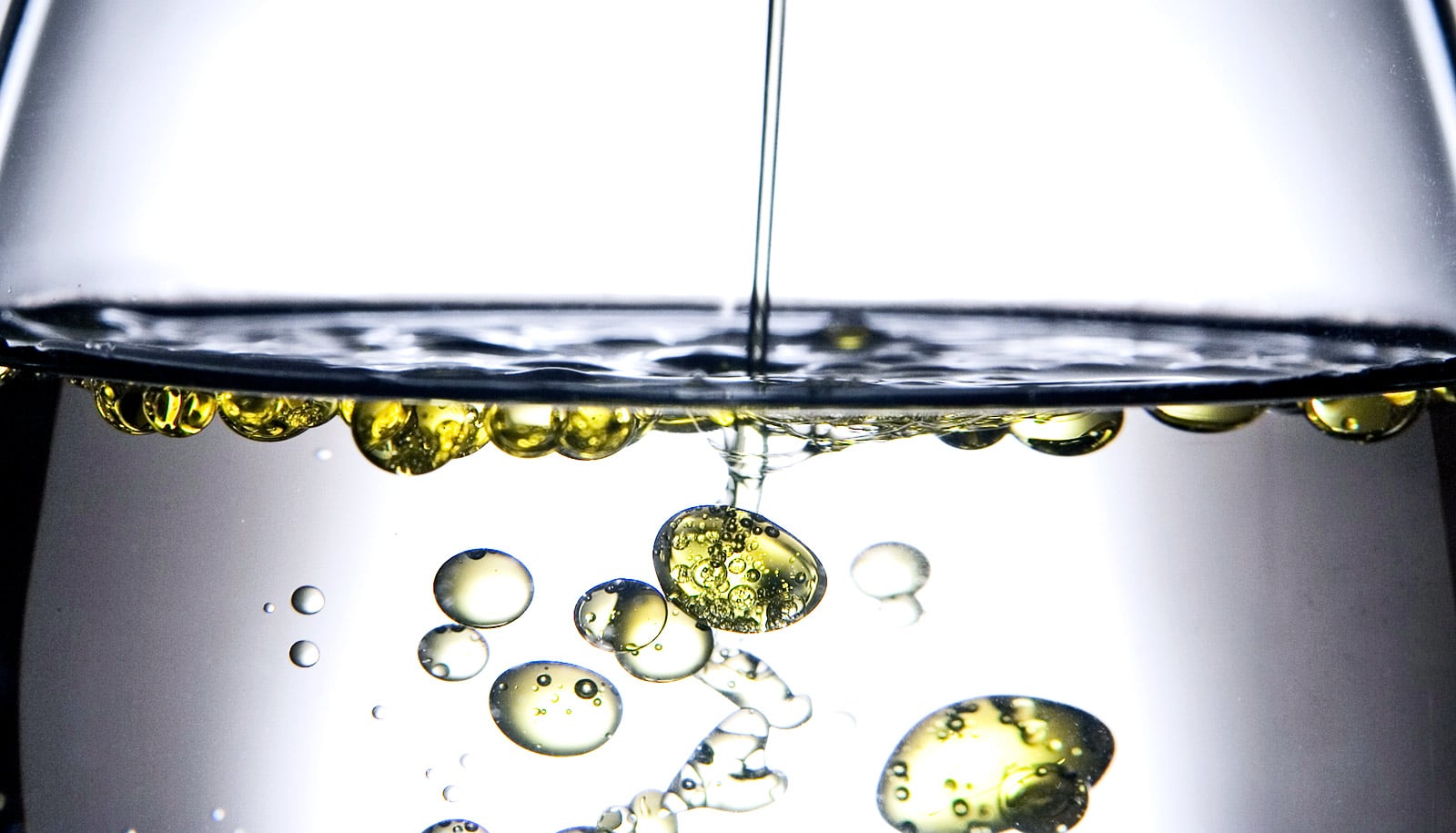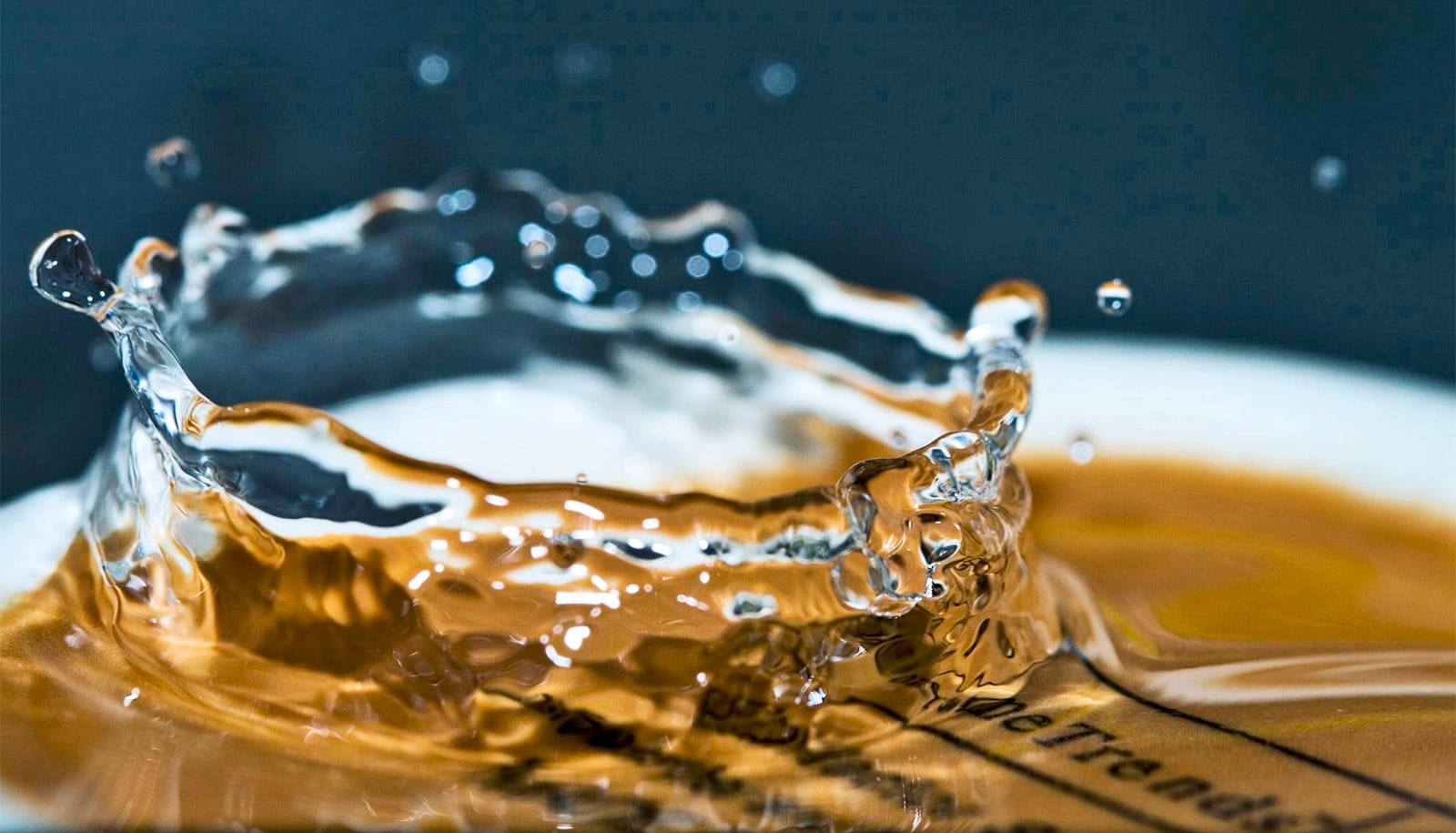Researchers are developing a scalable treatment option for PFAS-contaminated wastewater.
More than 1.5 million Michigan residents and potentially more than hundreds of sites nationwide—and counting—have PFAS-tainted water.
PFAS, or per- and polyfluoroalkyl substances, are colloquially known as “forever chemicals” because they are so difficult to break down. They are found in water supplies wherever people use flame retardants, waterproofing, or vapor suppressants. People can absorb PFAS through direct contact (drinking, bathing, swimming) or indirectly (eating meat or vegetables that have been exposed to PFAS).
A successful method to destroy PFAS has remained elusive because of their extremely tough chemical structure. And because the recalcitrant compounds are difficult to break down, they accumulate over time and have been linked to adverse health effects.
PFAS are so potent that even trace amounts are dangerous. Imagine three drops of an eye dropper in an Olympic-size pool. These three drops are about equal to the EPA health advisory level for PFOA and PFOS (two types of PFAS) in drinking water, which is 70 parts per trillion.
Now, researchers have a viable solution to treat PFAS-contaminated wastewater that’s ready for a pilot-scale investigation. The electrochemical oxidation system uses boron-doped diamond electrodes. The process breaks down the contaminants’ formidable molecular bonds, cleaning the water while systematically destroying the hazardous compounds.
“EO, or electrochemical oxidation, is a simple, clean, and effective method for destruction of PFAS and other co-contaminants as a complementary procedure to other wastewater treatment processes,” says Cory Rusinek, an electrochemist at the Michigan State University-Fraunhofer USA, Inc. Center for Coatings and Diamond Technologies. “If we can remove it from wastewater, we can reduce its occurrence in surface waters.”
Wastewater treatment is a multi-step process to remove contaminants or add beneficial chemicals to create safe, dischargeable water. The EO system has advanced to the laboratory scale, successfully removing PFAS from gallons of tainted water. While many electrodes have been investigated in EO, boron-doped diamond electrodes have shown the most promise for contaminant degradation with a number of studies showing its ability to degrade PFAS.
The EO process systematically breaks down PFAS, transforming it from a hazardous material to carbon dioxide, water and fluoride. The BDD electrodes are proving themselves as key workhorses in the process. Even after hundreds of rounds of treatments, the BDD electrodes are showing little, if any, wear.
Depending on its success and other advances, it’s possible that this process could eventually become a complementary component of a municipal drinking water system, the researchers say.
Source: Michigan State University



